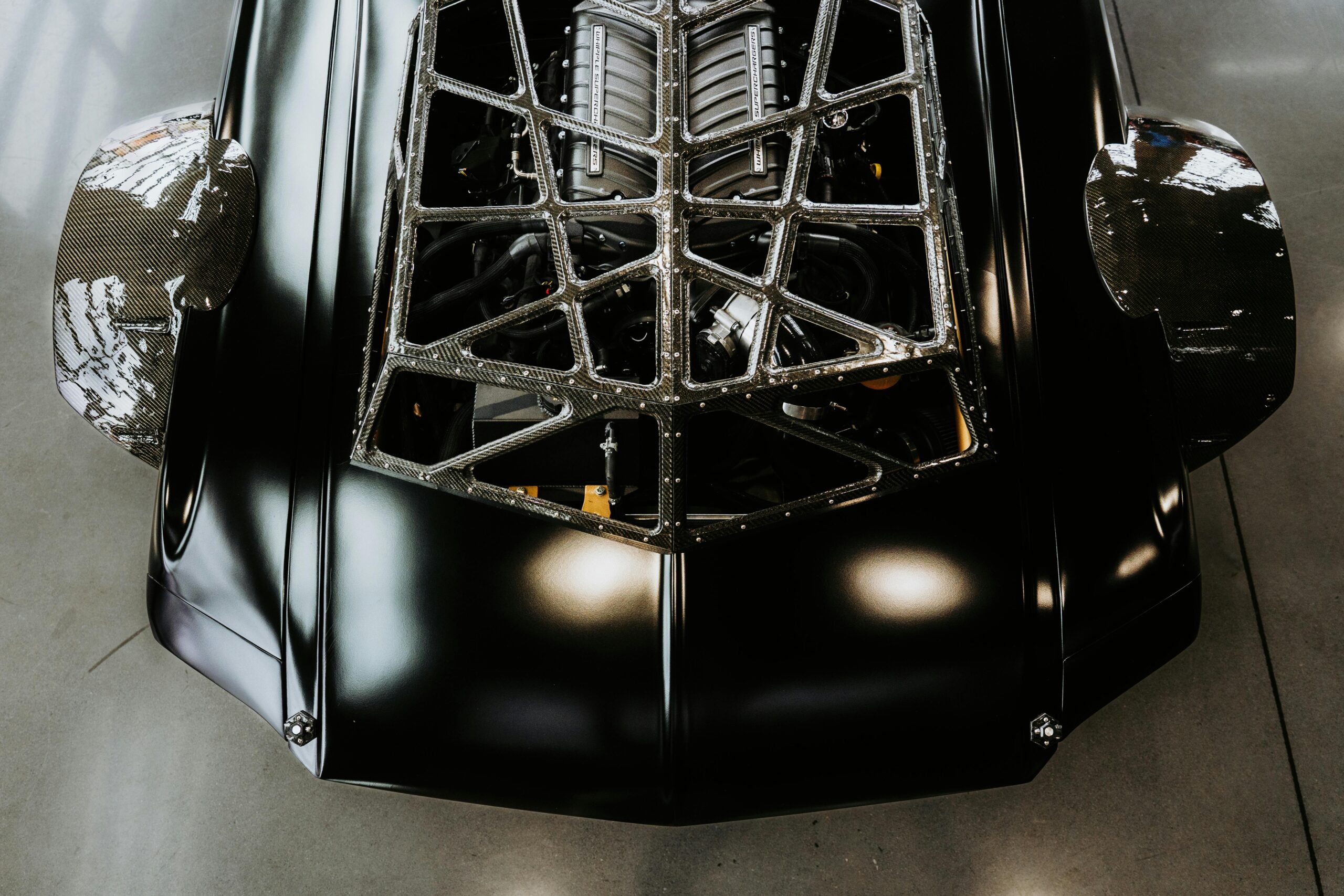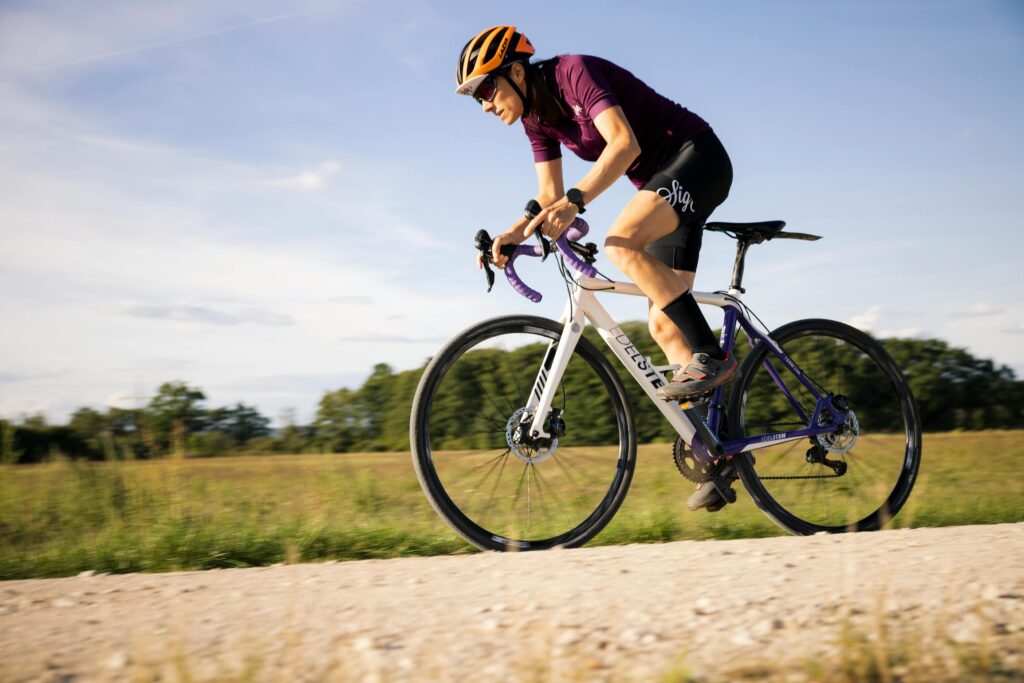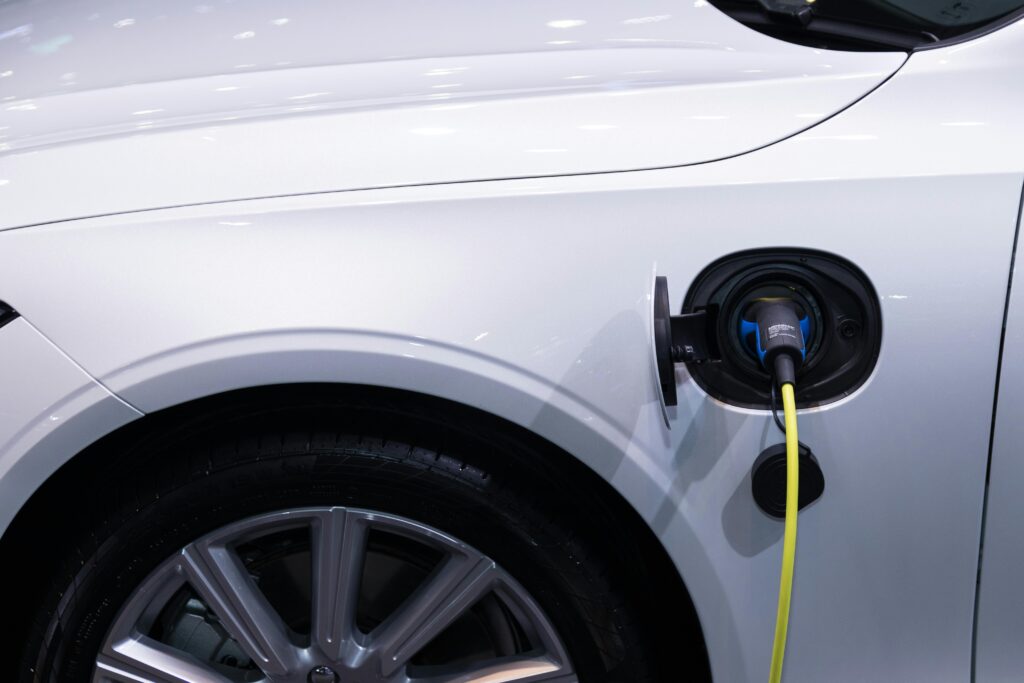Ever wondered why some MotoGP bikes sound like angry hornets while others roar like lions? Let me tell you—engine performance tech is the silent hero of every race.
In this post, we’ll explore how advancements in engine performance technology are revolutionizing MotoGP racing. From mastering horsepower to navigating fuel efficiency pitfalls, you’ll learn all about the mechanics behind those adrenaline-charged laps.
Table of Contents
Key Takeaways
- Engine performance defines both speed and reliability in MotoGP races.
- Technologies like advanced fuel mapping and variable valve timing make a world of difference.
- Ducati’s dominance proves innovation isn’t optional—it’s survival.
Why Engine Performance Matters in MotoGP Races
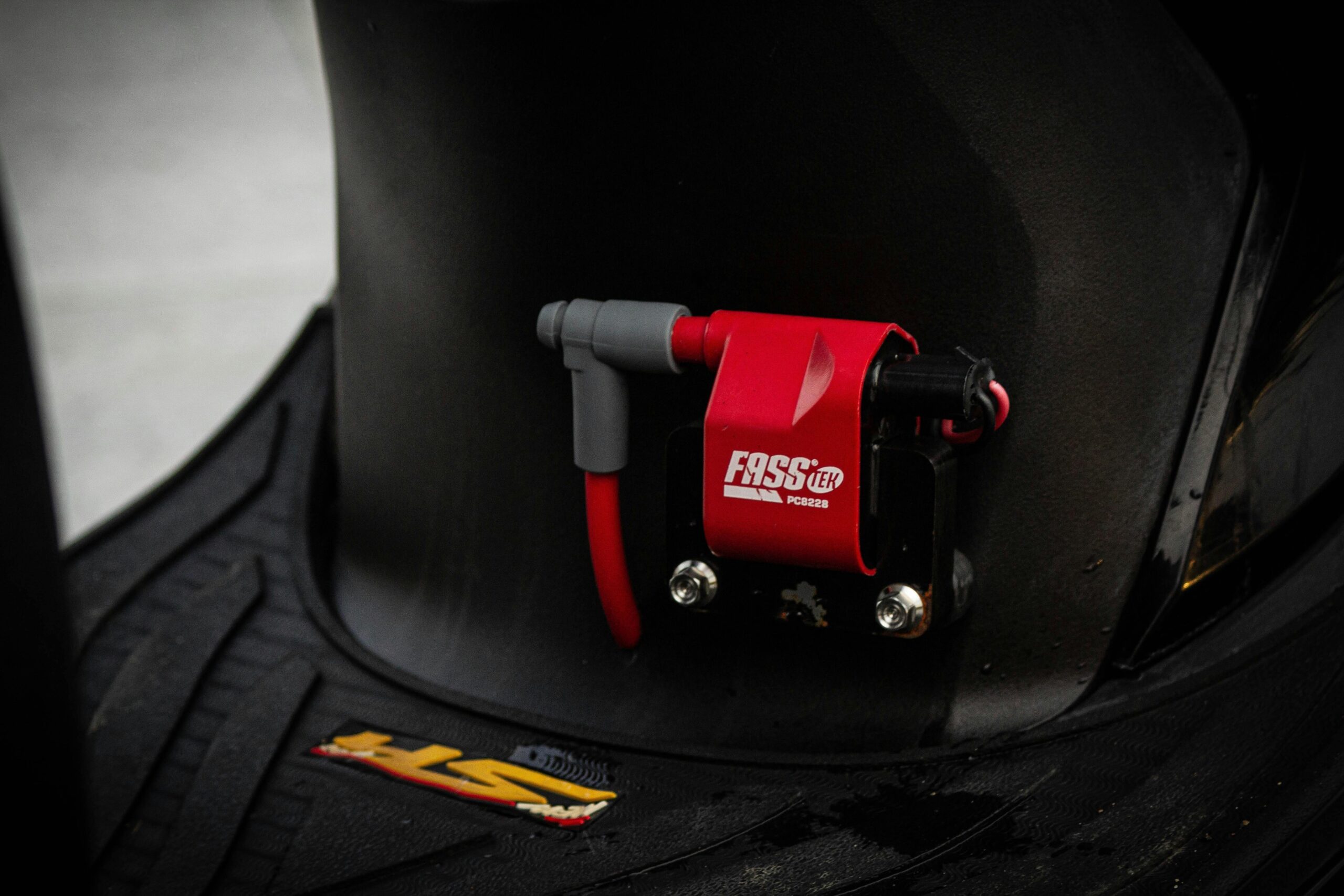
A detailed view of a cutting-edge MotoGP bike engine showcases its complexity.
MotoGP isn’t just about skilled riders; it’s also an engineering battle where milliseconds count. For example, in 2022, one team lost their podium position because their engine overheated mid-race—a rookie mistake costing millions. Trust me, that error still haunts them!
The stakes here aren’t low. With top speeds exceeding 350 km/h (217 mph), even minor inefficiencies can mean disaster. So what keeps these beasts on track?
“Advanced engine mapping systems allow teams to tweak power delivery based on real-time conditions.” — Motorsport Magazine
Step-by-Step Breakdown of Key Technologies
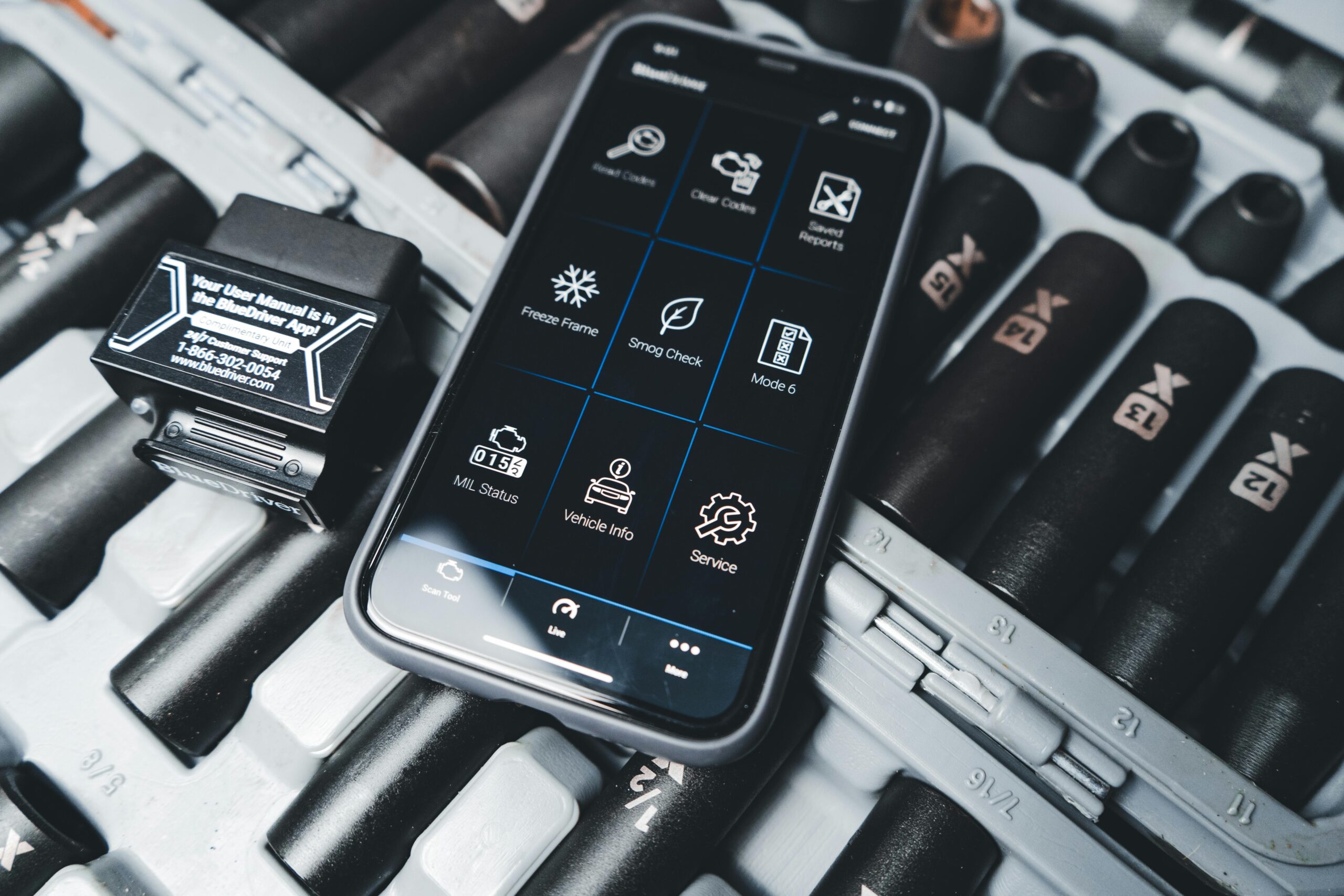
Engine management software provides crucial adjustments during races.
Step 1: Understanding Fuel Mapping
This process optimizes how fuel burns inside the combustion chamber. Too much fuel, and you’re bogged down; too little, and your pistons will cry uncle.
Step 2: Exploring Variable Valve Timing (VVT)
VVT makes engines adaptable by altering valve operation depending on RPM levels. It’s kind of like shifting gears without changing cogs—super smooth but super technical.
Step 3: Integrating Turbocharging (Where Allowed)
Though not permitted widely in MotoGP yet, turbos add insane boost to smaller engines. Think “rocket strapped to your back” level craziness.
Optimist Me: “Fuel mapping could save your next pit stop!”
Grumpy Me: “Yeah, right… unless someone accidentally reverses polarity.”
Top Tips for Optimizing Bike Engines
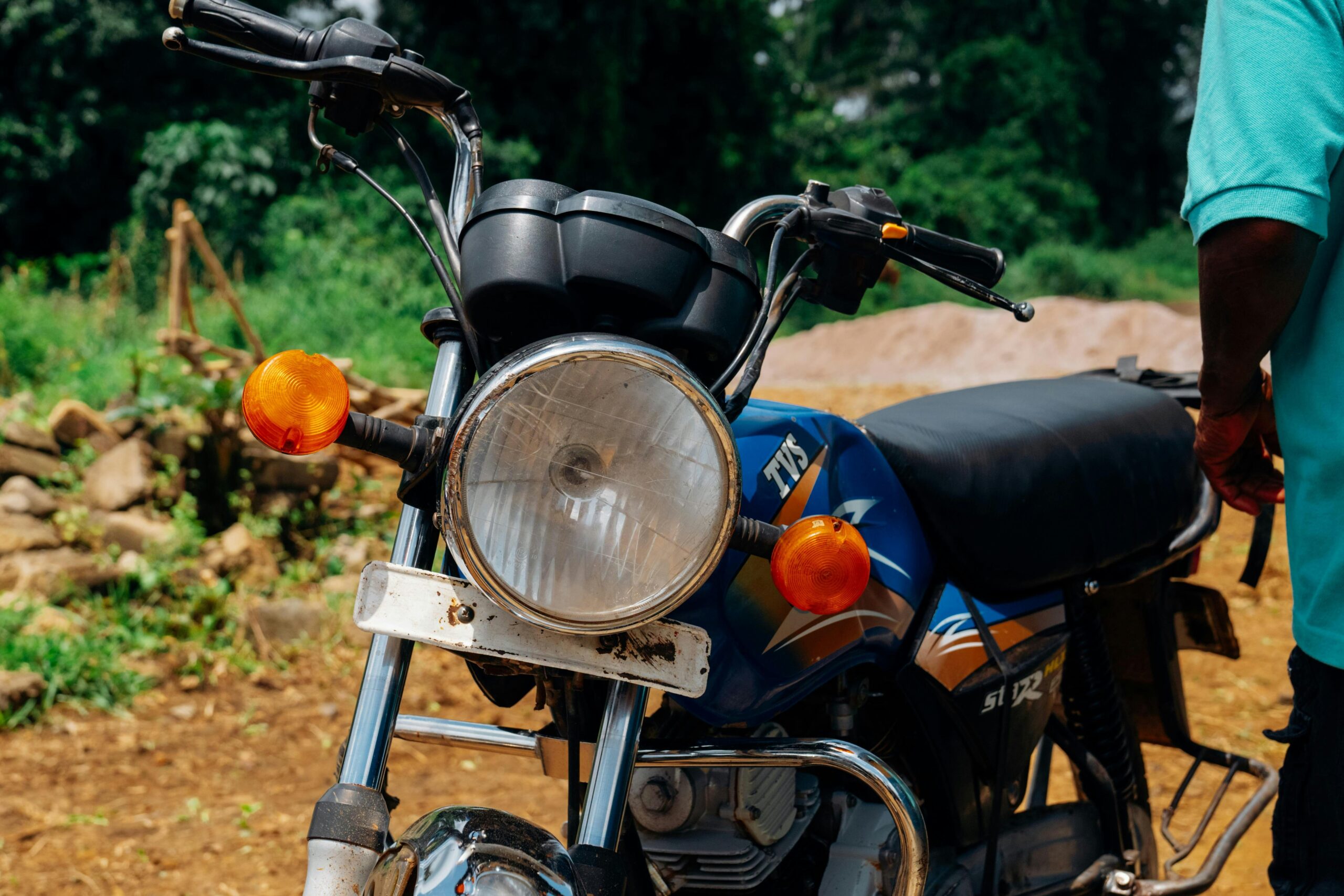
Lab testing confirms turbochargers dramatically increase output when allowed within regulations.
- Prioritize Cooling Systems: Overheating kills more dreams than bad luck. Invest in upgraded radiators or oil coolants.
- Stay Lightweight: Reduce weight wherever possible—even half a kilogram matters at 350 km/h.
- Use Simulation Software: Before hitting tracks, simulate scenarios using digital tools. It’s cheaper than blowing up real parts!
- Don’t Trust Every Upgrade:
Some mods promise magic but deliver headaches. Remember my friend who tried titanium exhausts only to find noise complaints from neighbors? Not worth it.
Case Study: The Role of Engine Tech in Recent Races
In the recent Qatar Grand Prix, Ducati showcased its Desmosedici GP23 with advanced aerodynamics paired seamlessly with superior engine tech. Riders reported smoother acceleration through corners compared to previous models.

The Ducati Desmosedici GP23 stands out thanks to innovative engine design.
FAQs About Engine Performance in MotoGP
What is the most critical aspect of engine performance in MotoGP?
Fuel efficiency combined with horsepower optimization stands paramount. Efficiency ensures longer stints without excessive refueling.
How do engineers adjust engines between races?
Using telemetry data collected during practice sessions, they modify parameters via electronic control units tailored per circuit demands.
Why don’t all teams use turbochargers?
Turbochargers remain banned under current guidelines emphasizing natural-aspirated configurations for fair competition across budgets.
Conclusion
Engine performance tech truly separates champions from contenders in MotoGP. Whether tweaking fuel maps or leveraging VVT innovations, staying ahead requires precision, insight—and yes, gallons of coffee.
Oil flows fast, Gears grind hard— Victory roars.
